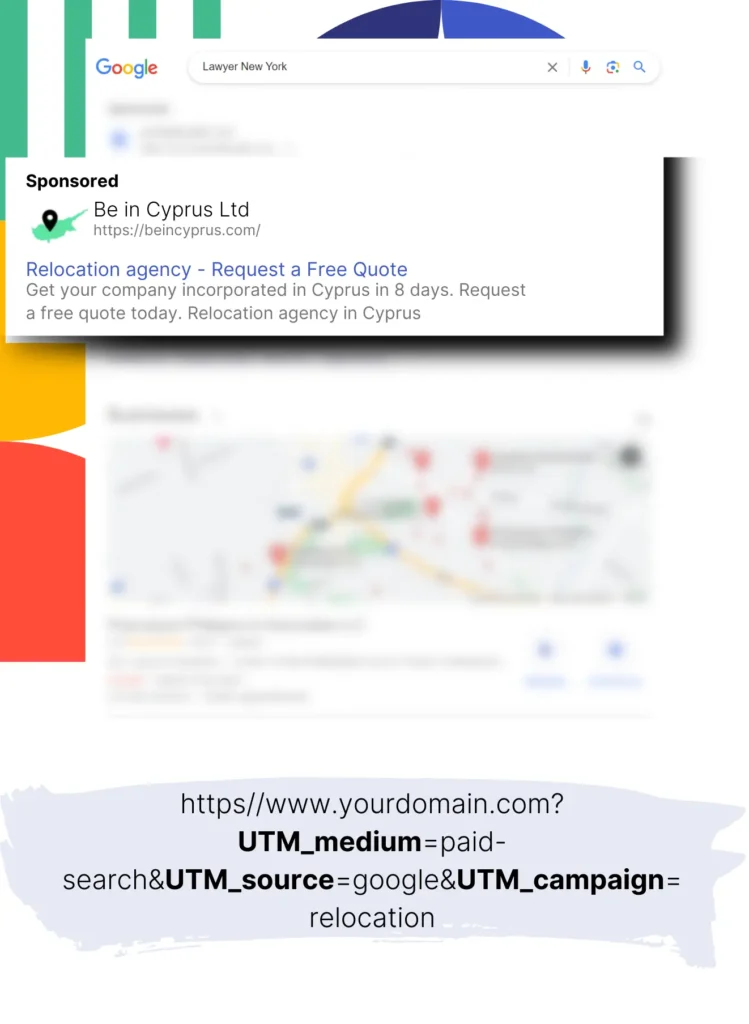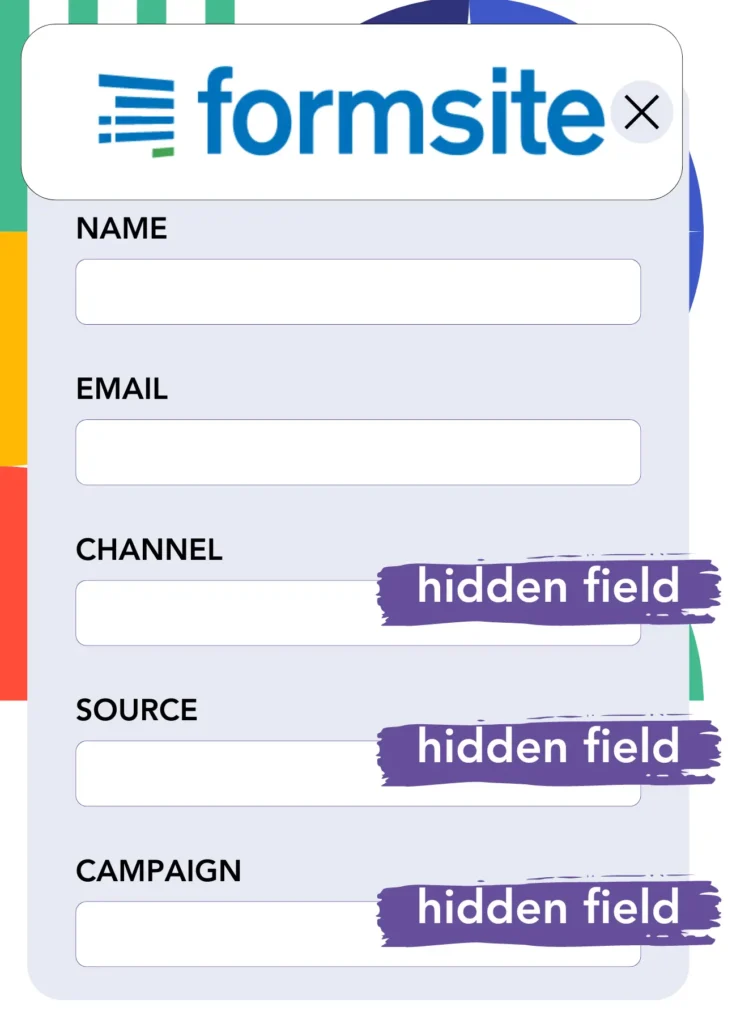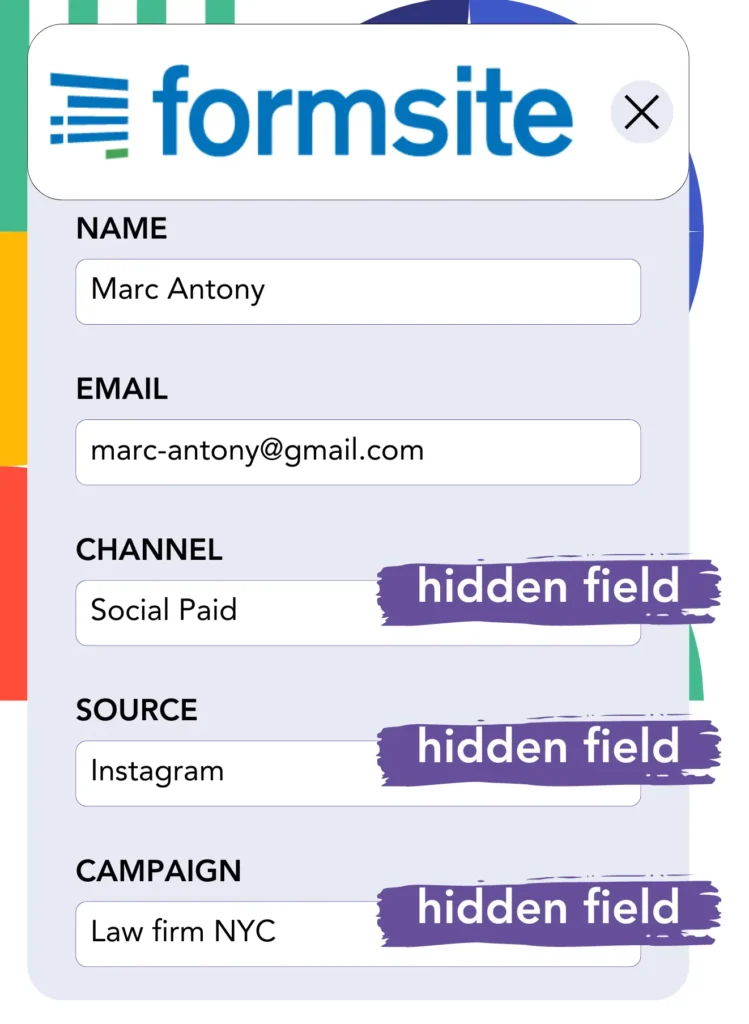Are you finding it challenging to identify the campaigns that your Google Ads leads are coming from?
This is a widely known problem. Google Ads indicates how many leads are generated per campaign, ad, or keyword but lacks detailed lead-level data.
This prevents you from knowing which campaign, ad, or keyword generated the leads that turned into customers.
Leadsources resolves this problem.
Leadsources offers the capability to track your Google Ads data by campaign, ad, and keyword at the lead level.
You can record Google Ads data for every lead in FormSite, including specifics like campaigns, ads, and keywords.
You can then create reports such as “Keywords that generated the most leads” to decide which keywords to continue or cancel.
Let’s get started!
Capture Google Ads lead data in FormSite in 4 steps
Step 1: Add Leadsources in the head tag of your website

Sign up to Leadsources.io, and benefit from our 14-day free trial.
Place the Leadsources code into the head tag on your site. No coding experience is needed.
Simply follow this easy step-by-step guide.
Step 2: Add the UTM parameters to your Google Ads campaigns

Insert the UTM parameters you want to track in all your Google Ads campaigns.
Examples of UTM parameters to insert into your ad include:
- UTM_source
- UTM_campaign
- UTM_term
- UTM_content
In addition to UTM parameters, Leadsources tracks channel, landing page, and landing page subfolder, providing a comprehensive view at the lead level.
Step 3: Add the hidden fields in FormSite

Upon visitors filling out your FormSite (name, email, etc.), Leadsources automatically inserts Google Ads data (campaign, ad, keyword, landing page, etc.) into the hidden fields.
To accomplish this, refer to this guide to add hidden fields in FormSite.
Leadsources will store Google Ads data directly into yourFormSite for you.
Step 4: Capture the Google Ads data in FormSite

Leadsources records Google Ads data (campaign, ad, keyword, landing page, etc.) whenever a visitor clicks your ad and arrives on your page.
Leadsources ensures that Google Ads data is automatically included in the hidden fields of your FormSite.
Upon form completion, both the Google Ads data and responses are sent to the submissions page in FormSite.
How does Leadsources work?
The Leadsources code placed in your website’s head tag will capture Google Ads data, including UTM parameters and referrer, every time someone visits your site.
Captured Google Ads data is automatically placed in the hidden fields of your FormSite.
In the absence of UTM parameters in the URL, Leadsources will still track visitor data via the referrer:
- Channel
- Source
- Campaign
- Landing page
- Landing page subfolder
This method provides the ability to track key lead source information even if UTM parameters are not applied, including:
- On Google Search
- On your Instagram bio link
- On your social media posts
- Etc.
Tools generally track lead data only with UTM parameters, which are mostly relevant for paid and referral sources, which this creates a problem.
Even in the absence of UTM parameters, Leadsources collects lead data from all channels:
- Organic Search
- Paid Search
- Organic Social
- Paid Social
- Referral
- Affiliate
- Display Advertising
- Direct Traffic
This helps centralize and track all lead source data in a unified location.
Pro tip:
Track Google Ads data in all the popular online form builders, including Cognito Forms, Gravity Forms, Jotform, Typeform, WPForms, and more. Learn how to add Google Ads UTM parameters in any form builder.
How to run performance reports
With your Google Ads information captured in FormSite, you can now generate reports such as:
- Leads per campaign
- Leads per ad
- Leads per keyword
- Etc.
This helps you optimize decisions related to your Google Ads budget.
Let’s discover the different reports you can make.
Lead performance reports
You can create reports that show the amount of leads generated by:
- Channel
- Campaign
- Ad
- Keyword
- Landing page
- Landing page subfolder
Example #1
Generate a report named “Leads by Channel” by exporting data from campaigns across multiple channels (SEO, PPC, email, etc.).

Example #2
Once you find out which channel provides the most leads (e.g., Google Ads), you can narrow down to that channel to see the lead count for every specific ad campaign.

Example #3
After identifying the campaign that generates the most leads, you can analyze which specific keywords are involved in this lead generation.

Sales performance report
It’s important to know which ads and keywords are most effective at generating leads, but do they also result in higher revenue?
By exporting FormSite submissions to a CRM, you can develop strong sales reports.
Example:
| Channels | Search Paid | Social Paid |
| Leads | 50 | 75 |
| Sales | 5 | 6 |
| Average order value | $150 | $100 |
| Revenue | $750 | $600 |
After analyzing your ad performance on Google and Facebook, it became clear that Social Paid ads attracted more leads than Search Paid ads.
After several weeks of data analysis, it was evident that Search Paid ads generated higher revenue with fewer leads compared to Social Paid ads, which supports increasing the budget for Search Paid campaigns.
LeadSources tracks the source of each lead in FormSite, whether they come from ads, organic search, social, email, etc. and syncs that data with each submission. See the full breakdown on the lead source in FormSite page.

